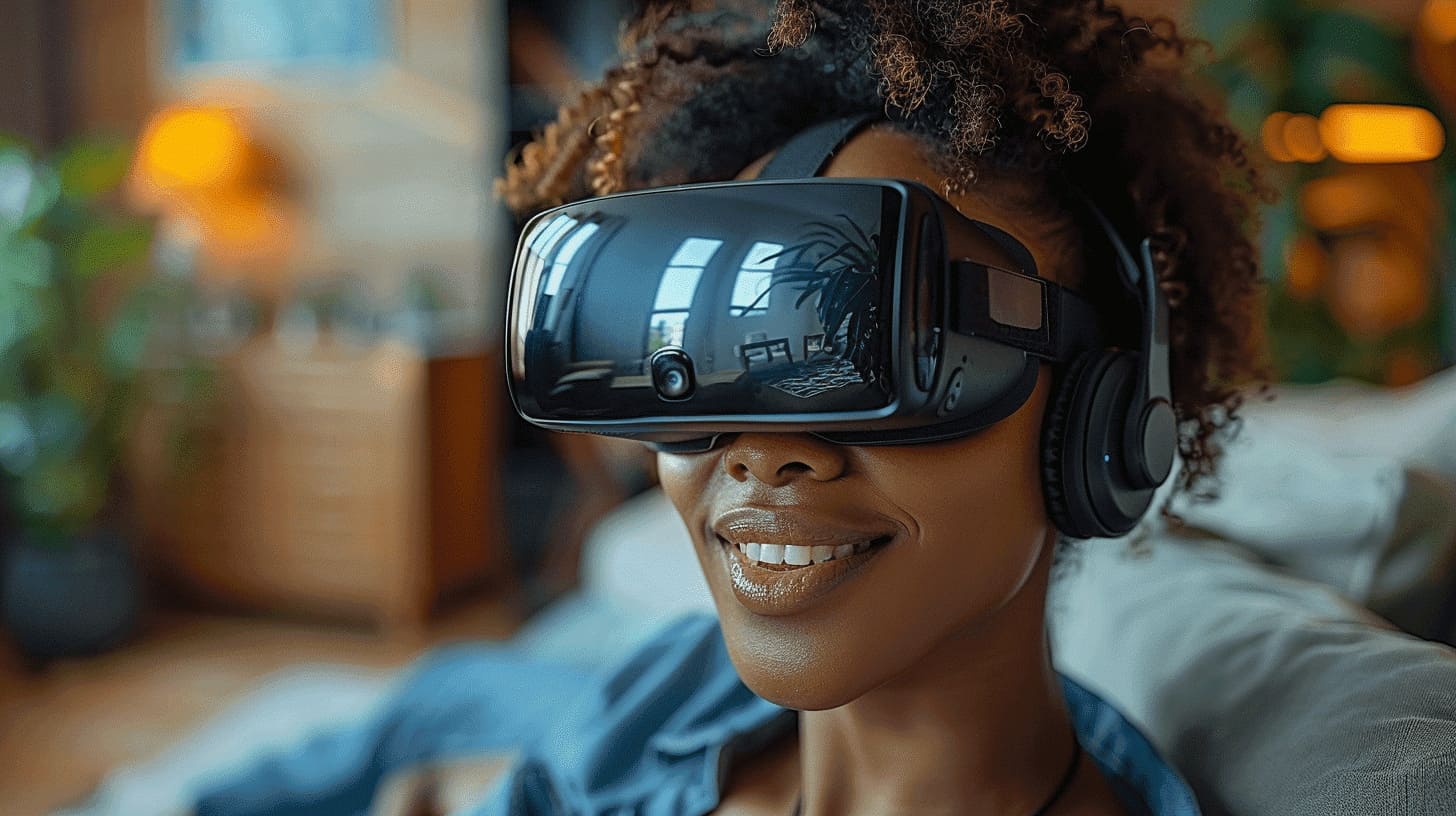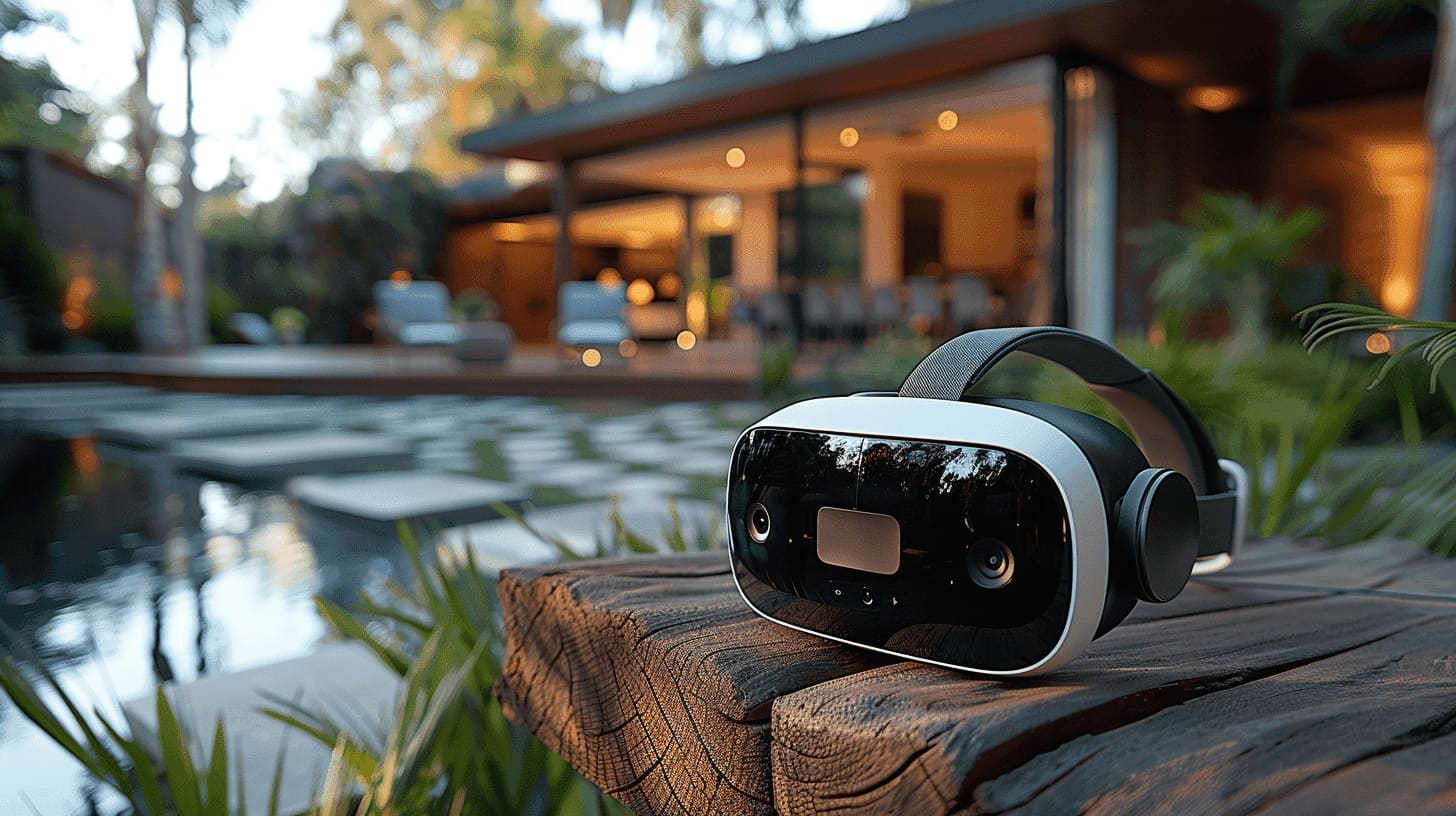Virtual reality (VR) technologies have transformed real estate by allowing buyers and tenants to explore properties from home, eliminating time-consuming site visits. As VR evolves, it will continue to streamline the buying and selling process, making it more efficient and accessible.
Visual Property Showcases
Virtual tours are a popular use of VR technology, offering 3D renderings of actual properties, such as apartments for sale in Palm Beach Towers. By integrating VR into online real-estate platforms, potential buyers or renters can experience immersive 3D tours, fostering a sense of ownership that photos cannot replicate. These tours can be pre-recorded or conducted live by a remote agent using a smartphone camera.
- Virtual staging: Empty properties can be digitally furnished, allowing buyers to visualize potential improvements and space utilization.
- Property visualization for pre-construction projects: VR enhances property visualization for pre-construction projects, helping sellers close deals by offering 3D explorations of planned spaces, from grand entrances to rooftop terraces.
- Remote collaboration: VR enables architects, developers, and investors to join virtual walk-throughs of property designs, facilitating real-time discussions and feedback without physical presence.
With VR, buyers can explore properties from the comfort of their own homes, saving time and money while making informed decisions. This technology enhances the experience of buying and selling properties and helps overcome geographical barriers. Step into the future of real estate with VR and unlock boundless possibilities.

Why Should You Integrate Virtual Reality in Real Estate Marketing?
Here’s why the integration of VR is a must-have for modern real estate:
- Upgrade Buyer Experience: Clients can virtually walk through properties, making it easier to shortlist and connect with them.
- Enhance Efficiency: Property managers can showcase properties remotely, saving time and travel costs.
- Global Reach: Buy and sell properties without geographical limitations, expanding the potential client pool.
- Competitive Advantage: Unique selling propositions and advanced technology for a competitive edge.
Additional Benefits
Virtual reality is revolutionizing the real estate market by providing innovative solutions to showcase properties and enhance buyer experiences.
- Accessible to All: VR in real estate breaks geographical barriers and helps people with disabilities or distant buyers.
- Seamless Collaboration: Enhances teamwork among architects, designers, property managers, and buyers, smoothing the design process.
- Green Impact: Reduces the need for physical viewings, shrinking the industry’s carbon footprint and contributing to sustainability.
- User Experience: Creates awe-inspiring experiences for clients, making your platform stand out from competitors.
Conclusion: Embracing the Future with VR in Real Estate
Virtual reality has steered in a new era for the real estate industry, transforming property showcasing and marketing. Its immersive, interactive experiences revolutionize buyer engagement and streamline sales. Despite challenges like cost and accessibility, the benefits outweigh the drawbacks. By breaking geographical barriers and boosting efficiency, VR is set to become a cornerstone of modern real estate. Embracing VR will offer a competitive edge and reshape the industry for years to come.



